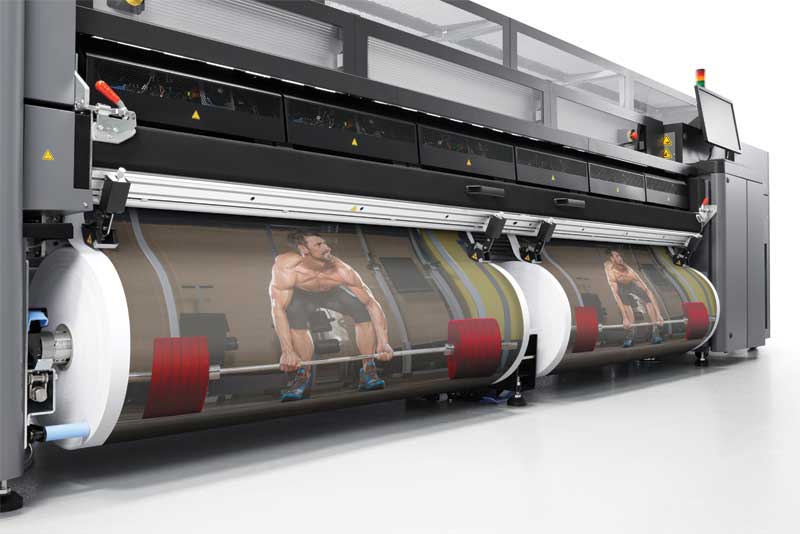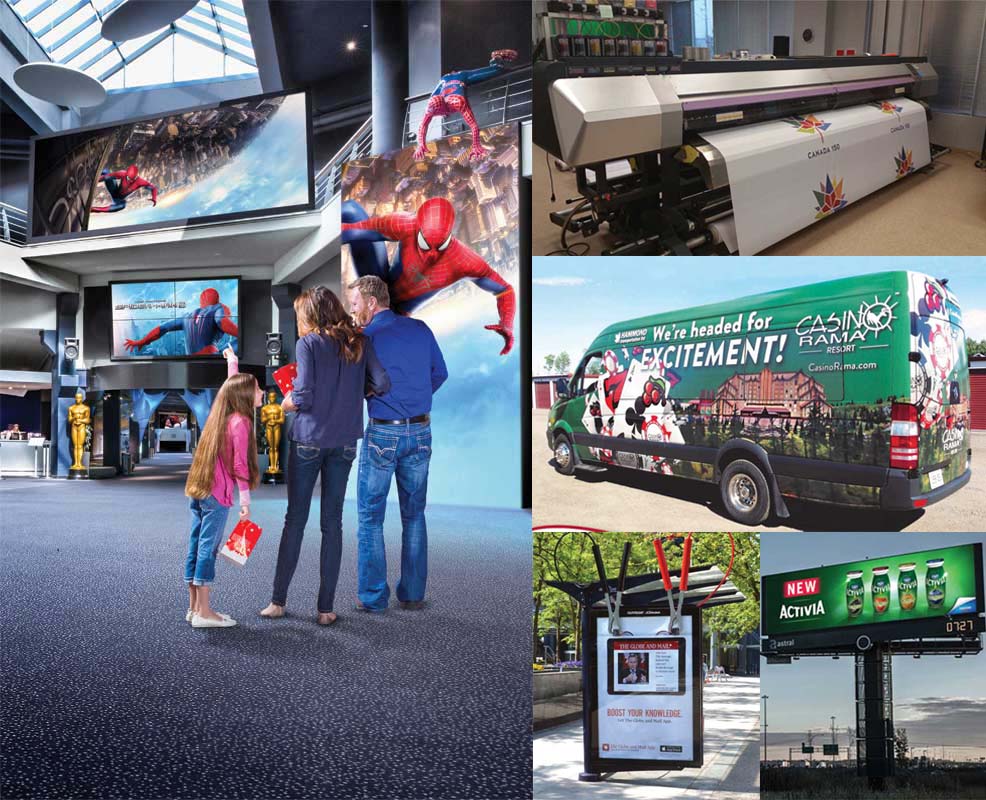Compiled by Peter Saunders
As Canada’s economy continues to grow, companies that produce signs, graphics and related visual communications media are on pace to benefit in the year ahead.
The International Sign Association (ISA) is certainly forecasting growth through 2019. Its quarterly economic reports, compiled by market research firms IHS and Vandiver and Associates and sponsored by the National Association of Sign Supply Distributors (NASSD), assess a range of commodities, supplier markets and end-user markets.
By way of example, the end-user market for digital signage has seen growth relating to increased production at the supplier side of large-scale liquid crystal displays (LCDs), light-emitting diode (LED) arrays and organic LED (OLED) displays. With this trend, IHS anticipates many existing static displays will be converted to digital, particularly with the advent of more affordable LED screens for outdoor installations.
Illumination
The worldwide value of the individual LEDs used in illuminated signage continues to increase at a steady pace for both indoor and outdoor applications, according to the latest research from ElectroniCast Consultants (see page 34). As was the case last year, the company predicts this market will keep increasing in value by an average annual rate of 9.5 per cent, to top US$3.6 billion in 2020.
Different LED packages represent significantly disparate values in various sub-markets. With respect to indoor digital signage, for example, ElectroniCast forecasts the combined value of LED ‘cluster screens’ and LED-backlit liquid crystal displays (LCDs), as complete systems, will more than double over a 10-year period, from US$18.2 billion in 2016 to US$37.4 billion in 2026.
The value of all LED-based subsystems used in outdoor on-premise signs, meanwhile, is expected to increase from US$3.5 billion to US$4.7 billion over a five-year period, from 2016 to 2021. Among these ‘piece parts,’ tile module subpanels used in LED cluster screens lead in relative market share, followed by LED illumination in traditional sign boxes, channel letters and displays.

ISA predicts wide-format graphic production will nearly double across North America in the next three years.
Photo courtesy HP Canada
Wide-format printing
The production of wide-format graphics, which represents the lifeblood of many sign shops today, is expected to nearly double across North America over the next three years, according to ISA—but with this boon will come challenges in terms of understanding and addressing new, significant market opportunities.
InfoTrends recently compiled a white paper for ISA, Wide Format Print Trends, Opportunities & Challenges: Identifying Areas of Untapped Potential in the Wide Format Market. This report suggested print volumes for wide-format graphics spanning the U.S., Canada and Mexico would rise from 460 million m2 (4.9 billion sf) in 2015 to about 849 million m2 (9.1 billion sf) in 2020.
To help sign shops take advantage of the increasing demand for wide-format graphics, the report explored technological advances, opportunities in the ‘soft signage’ market for digitally printed textiles, competition from commercial printing firms, packaging production, increased throughput and single-pass inkjet printing.
“Survey respondents who were currently offering wide-format printing services were quite optimistic about their volumes,” says Sandy Smith, communications representative for ISA. “There is clearly a great deal of untapped potential in the market. Businesses that can leverage this opportunity will be well-positioned for future success.”
Some of the growth for printed signage will be driven by increased competition in the retail sector, according to Smithers Pira, a market research firm focused on print, paper and packaging supply chains. Heightened competition between retail environments—and with online shopping—is creating a corresponding demand for short-term promotional signage and point-of-purchase (POP) graphics to better engage customers and generate new impulse purchases, such as with seasonal product lines. These orders often involve variable data, short runs and quick turnarounds.
As such, wide-format inkjet printers have continued to penetrate this market for signage, further marginalizing traditional analogue methods like lithography and screenprinting. Smithers Pira expects further improvements in inkjet printing capabilities, speeds, media handling, sizes and price points over the next five years, including the capacity to print side-by-side simultaneously on wide-format presses.






